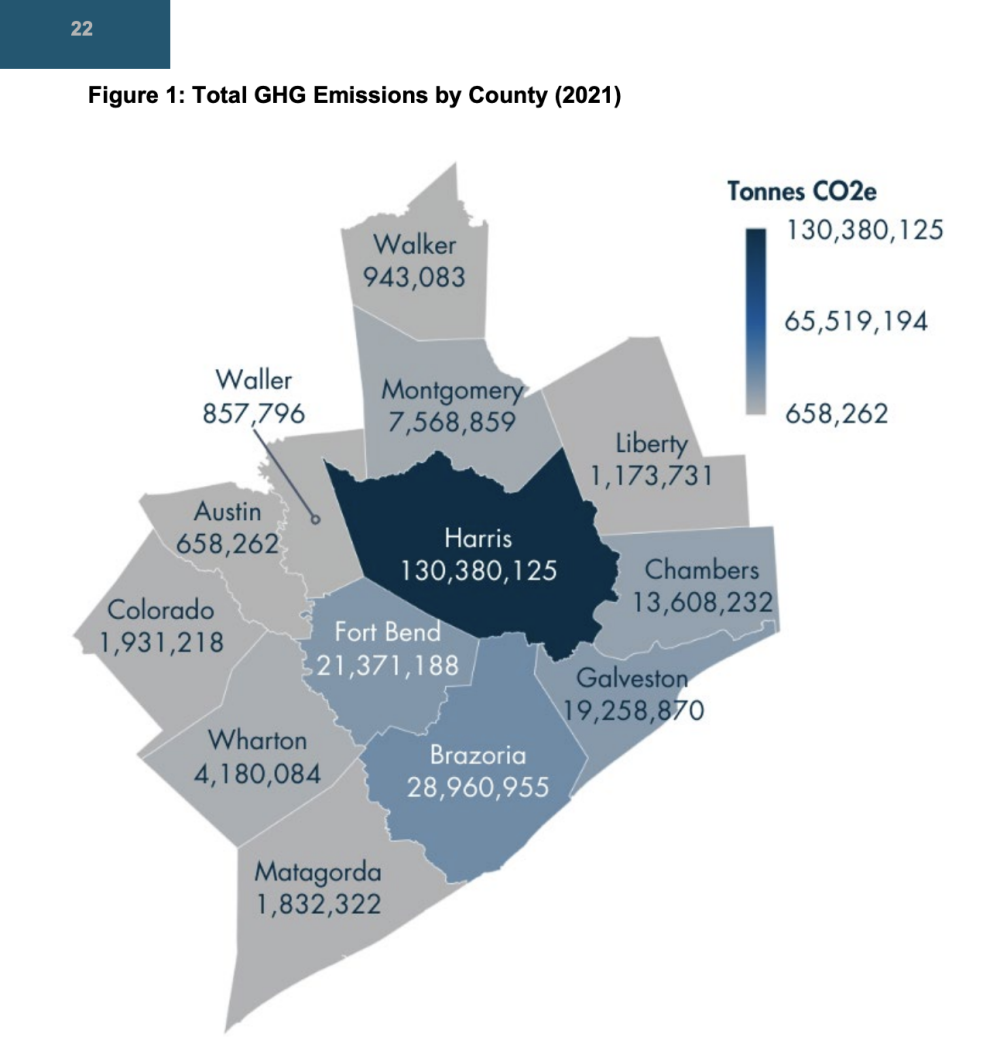The first phase of a climate action plan submitted to the U.S. Environmental Protection Agency March 1 on behalf of the 13-county region outlines strategies across various business sectors in order to promote sustainability and reduce greenhouse gas emissions.
Grant awardees will work toward a handful of environmental efforts that focus on a variety of strategies including but not limited to:
- Material management—promote recycling, composting and voluntary waste reduction programs to decrease landfill waste.
- Urban agriculture—promote the use of native landscaping and restore degraded lands to increase carbon storage. Work with municipal partners to protect and enhance greenspace. Expand urban tree planting programs.
- Buildings—provide financial support to municipalities for weatherizing public buildings.
- Electric power or energy—provide funding for municipalities to integrate solar and energy storage on public property. Work with partners to incentivize and reduce peak energy demand.
- Transportation—provide incentives to regional small businesses for commute reduction programs to support alternatives to driving alone. Allocate resources to increase adoption of low and zero-emissions vehicles. Installing electric vehicle charging infrastructure in low-income areas.
While the 82-page report released by Houston-Galveston Area Council in March aims to develop aggressive programs and policies over the next three years in order to reduce air pollution, emissions and greenhouse gases that are being emitted in the region, officials also addressed several pieces of state legislation passed in 2023 that will limit enacting or enforcing measures that don't align with state law. They are:
- Senate Bill 784 which establishes the exclusive jurisdiction of the state to regulate GHG emissions.
- Senate Bill 1017 bars any measures that prohibit the use, sale or lease of a mechanical engine based on its fuel source. This legislation ensures that gasoline and diesel-powered engines can't be prohibited by local government in the state, according to officials. This applies to fuel sources that range from electrical vehicles to landscaping equipment.
- House Bill 2127 preserves local government authority in regulatory fields, stripping the authority of Texas cities and counties from enacting local ordinances that conflict with Texas code.
"Our implementation measures are voluntary and incentive based, because the legislation listed bars H-GAC, a political subdivision, from enacting or enforcing disincentives or mandates," according to the statement.
That will lead H-GAC to request that contracting agencies to conduct their own assessments of authority to implement the climate action plans at the local level.
Why it matters
In 2021, the Houston region generated approximately 232 million tons of carbon dioxide, according to the climate action plan's documents.
Officials with Edenseven, a European climate strategy consulting firm, developed a tool in 2022 with the EPA that translated carbon emissions into other activities that were easier to understand for their clients.
One ton of carbon dioxide was equivalent to:
- 2,500 miles driven by an average gasoline-powered vehicle
- 120,000 smartphones being charged
- Approximately 132 gallons of diesel being used
The climate action plan also stated the three largest sources of greenhouse gas emissions in 2021 for the Houston region.

- Stationary fuel combustion, which are devices that combust solid, liquid or gaseous fuel, generally for the purposes of producing electricity or providing heat or energy for industrial use
- Electric power consumption
- Mobile transportation sources
Harris County represents the largest share of greenhouse gases, followed by Brazoria County, then Fort Bend County. Galveston County and Chambers County represent the fourth and fifth largest GHG inventories in the region.
The timeline
According to the H-GAC, the Climate Reduction Plan is divided into three phases over three years.
- First phase due March 1: The Priority Climate Action Plan—capture all the projects and strategies H-GAC and its partner agencies can accelerate in order to reduce greenhouse gases and other pollutants
- Second phase due September 2025: Comprehensive Climate Action Plan—more robust planning effort focused on community engagement
- Third phase due summer-fall 2027: Status report—continual improvement efforts to see if plans are working or if not and recalibrate if necessary
“We’re really going to be focusing in on community engagement so that we can hear from the community and what strategies would would work best for them and to reach out to all of our municipalities,” said Pharr Andrews, H-GAC air quality principal planner.





